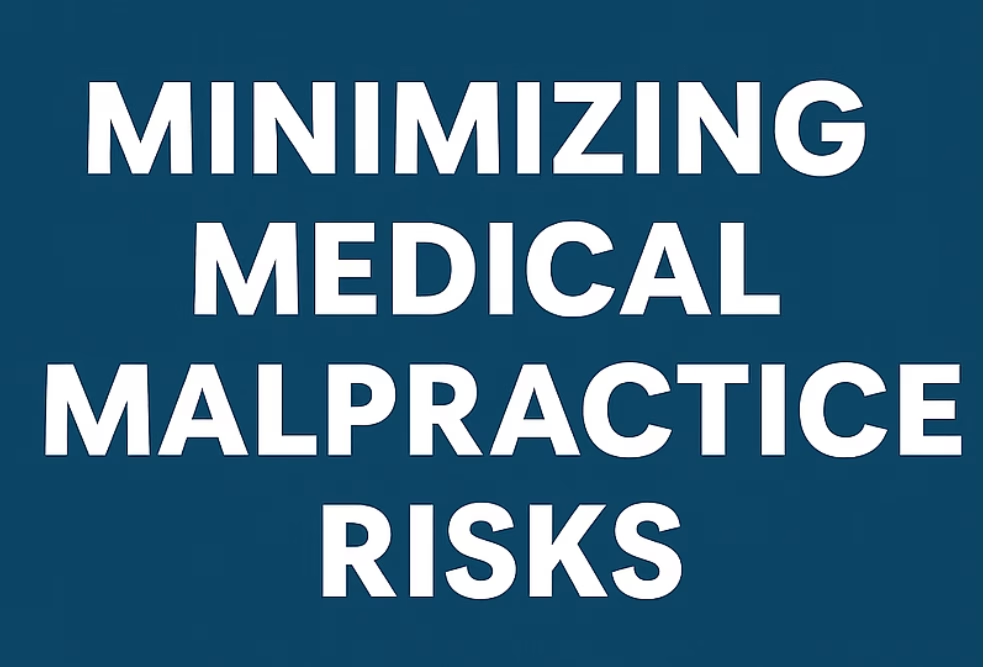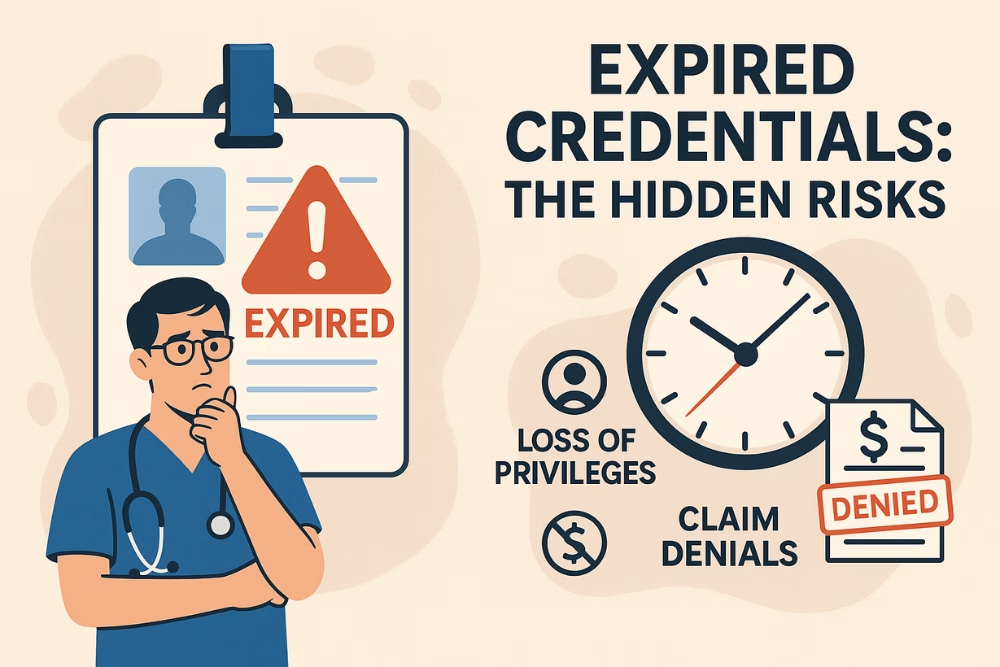Medical malpractice claims are a significant concern for healthcare professionals, potentially leading to financial loss, damaged reputations, and career jeopardy. Implementing proactive risk management strategies is crucial to minimize these risks and ensure high-quality patient care.
1. Prioritize Clear Communication
Effective communication with patients is vital. Ensure that patients fully understand their diagnoses, treatment options, and care plans. Encourage questions and provide clear, jargon-free explanations. This approach builds trust and reduces the likelihood of misunderstandings that could lead to legal action.
2. Maintain Comprehensive Documentation
Accurate and thorough documentation of patient interactions, treatment plans, and informed consent is essential. Detailed records serve as critical evidence in defending against malpractice claims and demonstrate adherence to standard care practices.
3. Engage in Continuous Education
Stay updated with the latest medical advancements and best practices through ongoing education and training. Regular participation in continuing medical education (CME) programs ensures that healthcare providers maintain competence and deliver evidence-based care.
4. Adhere to Clinical Guidelines
Standardized protocols exist for a reason: they reduce variability and minimize errors. Thus, always follow established guidelines. Double-check patient identities, medications, and procedures before each intervention.
5. Implement Robust Credentialing Processes
Effective hiring practices protect your practice long-term. For instance, always conduct thorough background checks and verify credentials. Catching red flags during hiring allows you to address risks before they reach your patients.
6. Encourage Second Opinions
Promoting a culture where seeking second opinions is welcomed can enhance patient confidence and care quality. It demonstrates a commitment to comprehensive evaluation and can help identify potential oversights, reducing the risk of malpractice claims.
7. Leverage Technology Effectively
Utilize electronic health records (EHRs) and other healthcare technologies to improve accuracy in documentation and streamline workflows. Ensure that all staff are adequately trained in using these systems to prevent errors that could lead to patient harm.
Conclusion
Proactively managing malpractice risks is essential for healthcare providers committed to delivering safe, high-quality care. By implementing these strategies, providers can minimize legal risks and enhance patient trust.
Need Assistance with Risk Management?
At eClinicAssist, we specialize in helping healthcare practices identify and mitigate risks, ensuring compliance and fostering a culture of safety. Contact us today to learn how our tailored solutions can support your practice.






